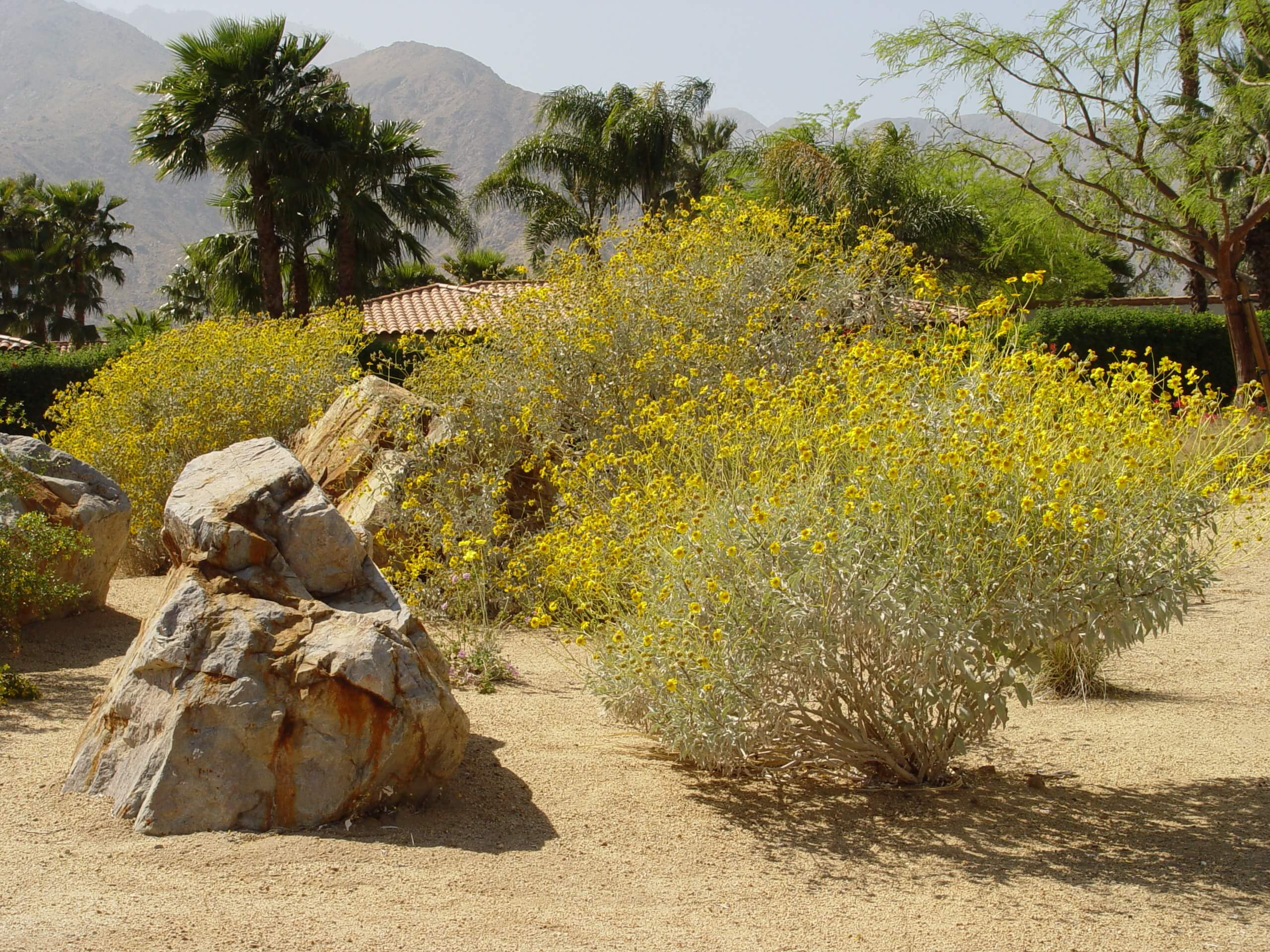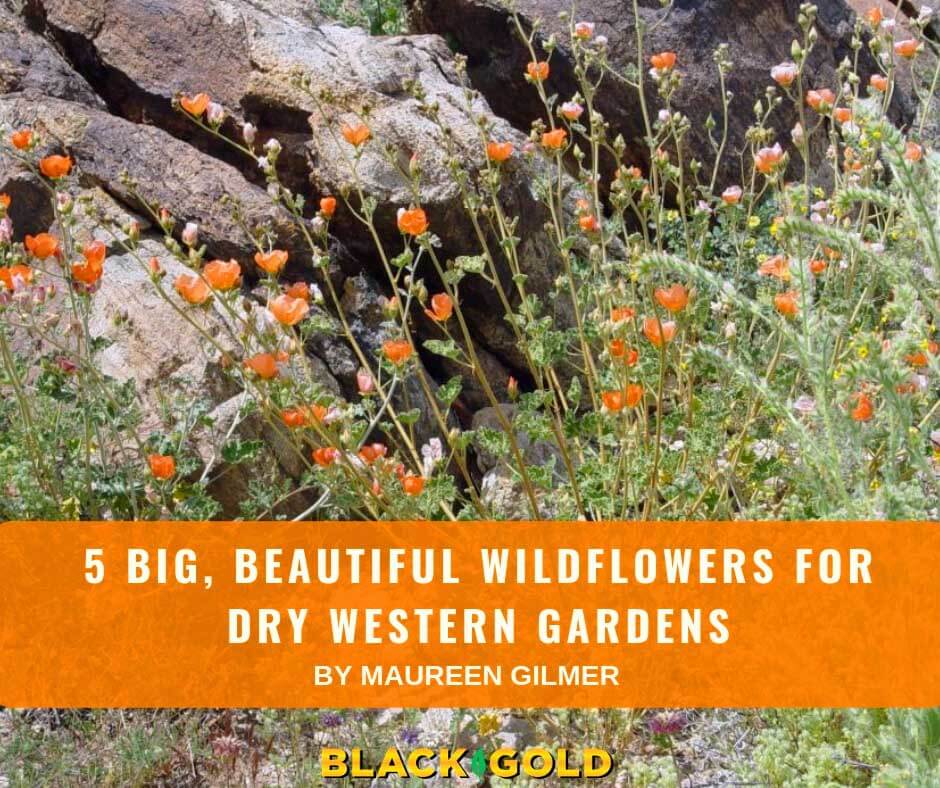
The American Southwest is rich in wildflowers, and a few have proved to be exceptional choices for arid gardens. When wildflowers perform well and are beautiful, they are ideal candidates for home landscapes filled with existing drought-resistant plants. They also make exceptional problem solvers in desert gardens of cacti, succulents, and rocks where many other wildflowers fail to thrive.
The Big 5 Western Wildflowers
Parry’s Penstemon (Penstemon parryi)
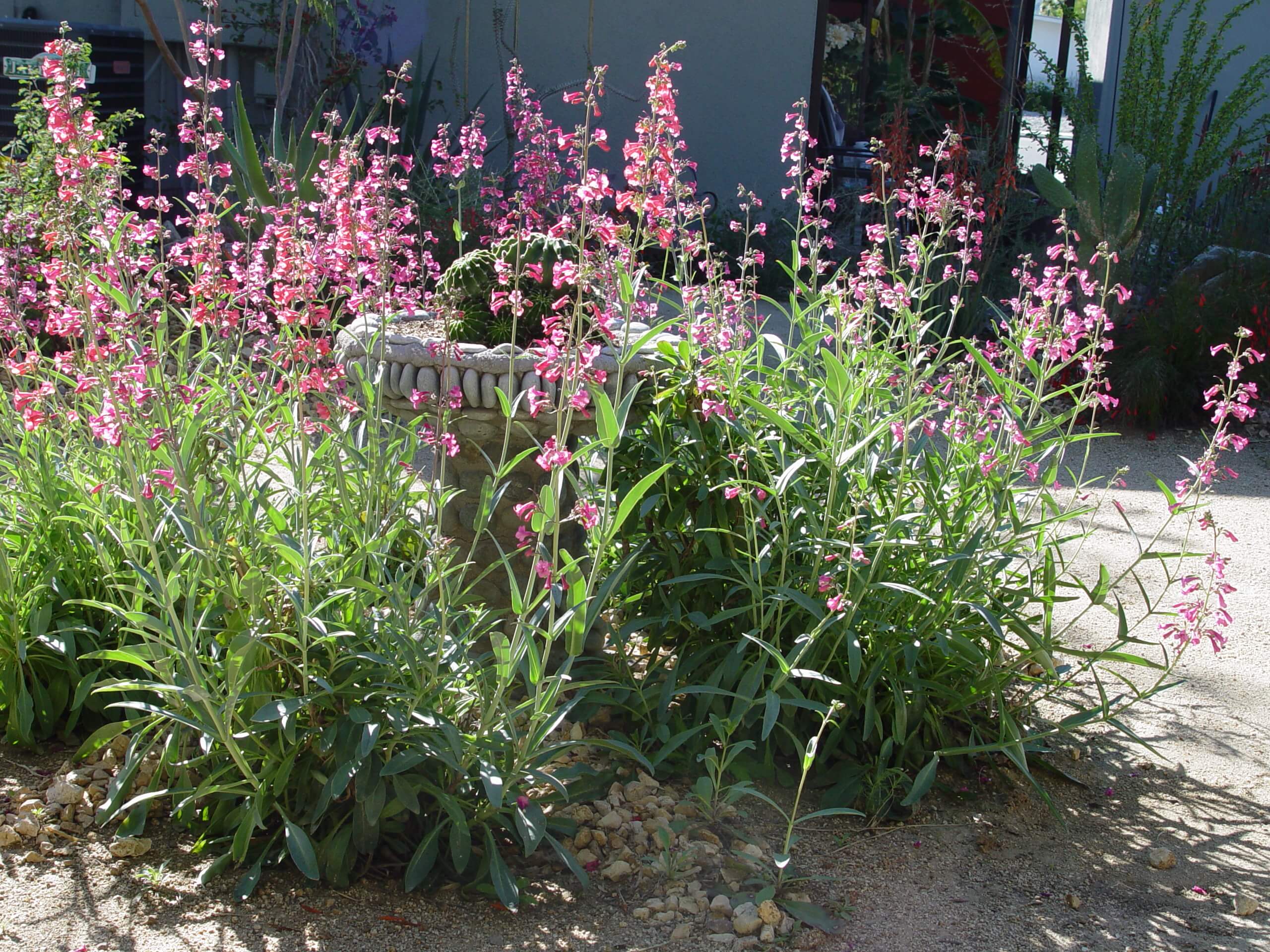
This is one of the biggest most exciting late-winter bloomers for Southwest gardens. Super tall, delicate stems lined with hot pink flowers are produced. The plants are incredibly vigorous from seed sown in the fall and bloom in the first year. Full sun exposures and soils with limited fertility and rapid drainage are required. Once the plant has finished blooming, it produces a low rosette of leaves. This wildflower is reliably hardy to USDA Hardiness Zone 8. Flowers are bee pollinated.
Matilija Poppy (Romneya coulteri)
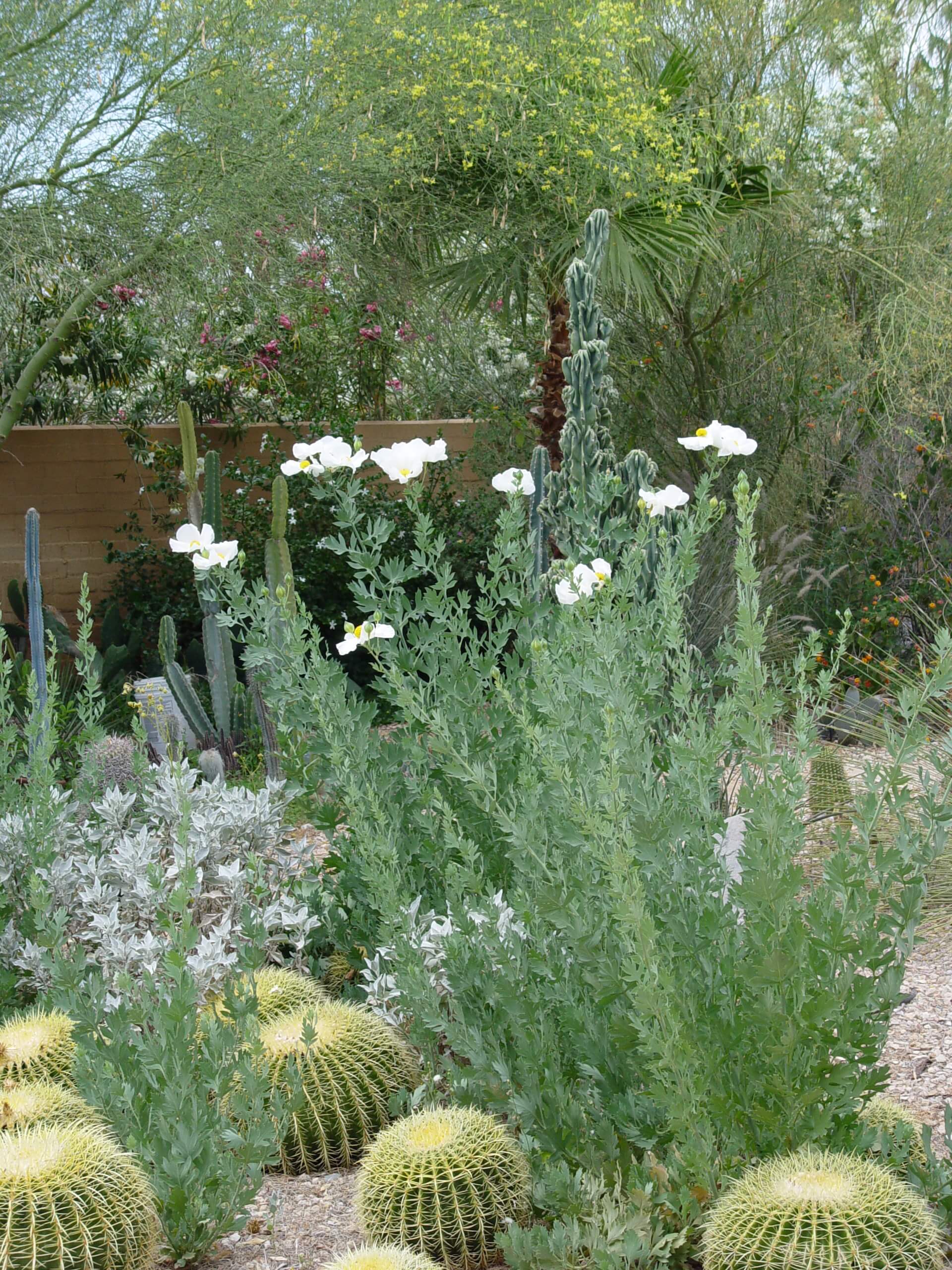
A California native, this is among the largest perennial wildflowers with an affection for sandy ground. Big snow white blossoms with a golden ball of stamens resembling a fried egg cover the stems in spring and summer. The large, spreading subshrub reaches 5 feet in height and width and is reliably hardy to USDA Hardiness Zone 8. Flowers attract bees, butterflies, and other pollinators.
Brittlebush (Encelia farinosa)
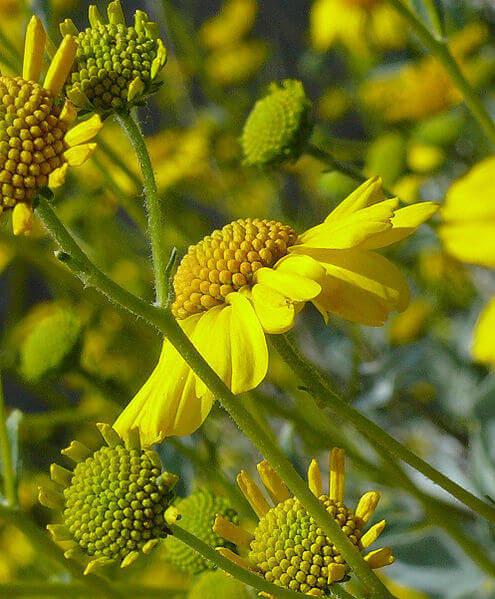
This is a more cold-hardy southwestern perennial that is reliably hardy to USDA Hardiness Zone 7 and ideal for foothill sites and rocky terrain. Mounding blue-gray foliage and bright yellow spring flowers offer reliable landscape appeal. Brittlebush is especially vigorous and has the constitution of a cactus, making it a desert garden staple. Offer it full sun and well-drained ground that is slightly alkaline. Flowers attract bees and butterflies.
Desert Mallow (Sphaeralcea ambigua)
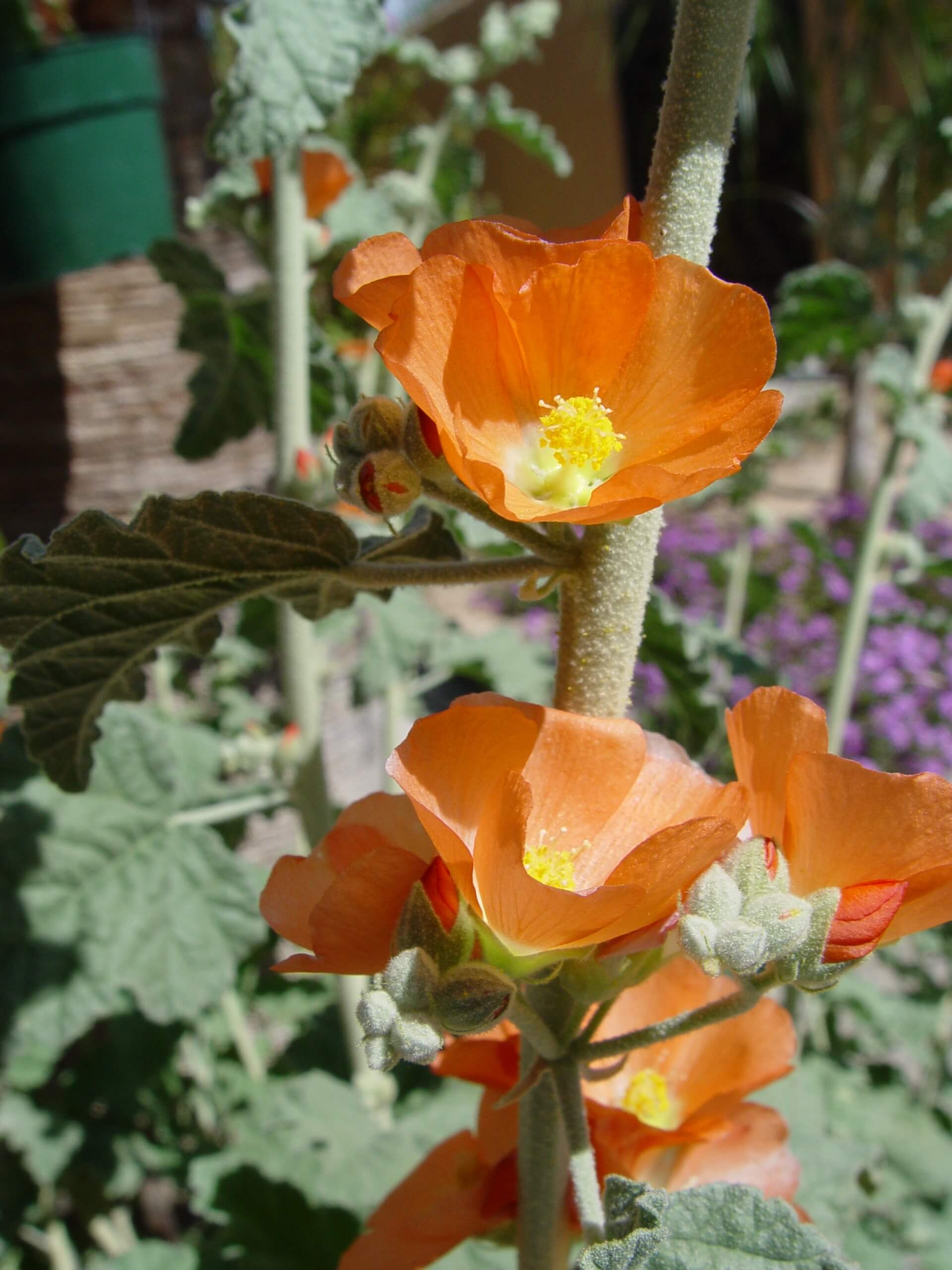
Vivid wands of orange flowers and silvery scalloped leaves make this 1-3′ subshrub stand out in spring, then die back in summer, much like Parry’s penstemon. It reportedly has the largest flowers and most drought tolerance of all the desert mallows. This wildflower is allergic to summer water, but reliably cold hardy up to USDA Zone 6, making it a good choice for gardeners in middle elevations of the Southwest ranges. Flowers attract bees, butterflies, and hummingbirds.
California White Sage (Salvia apiana)
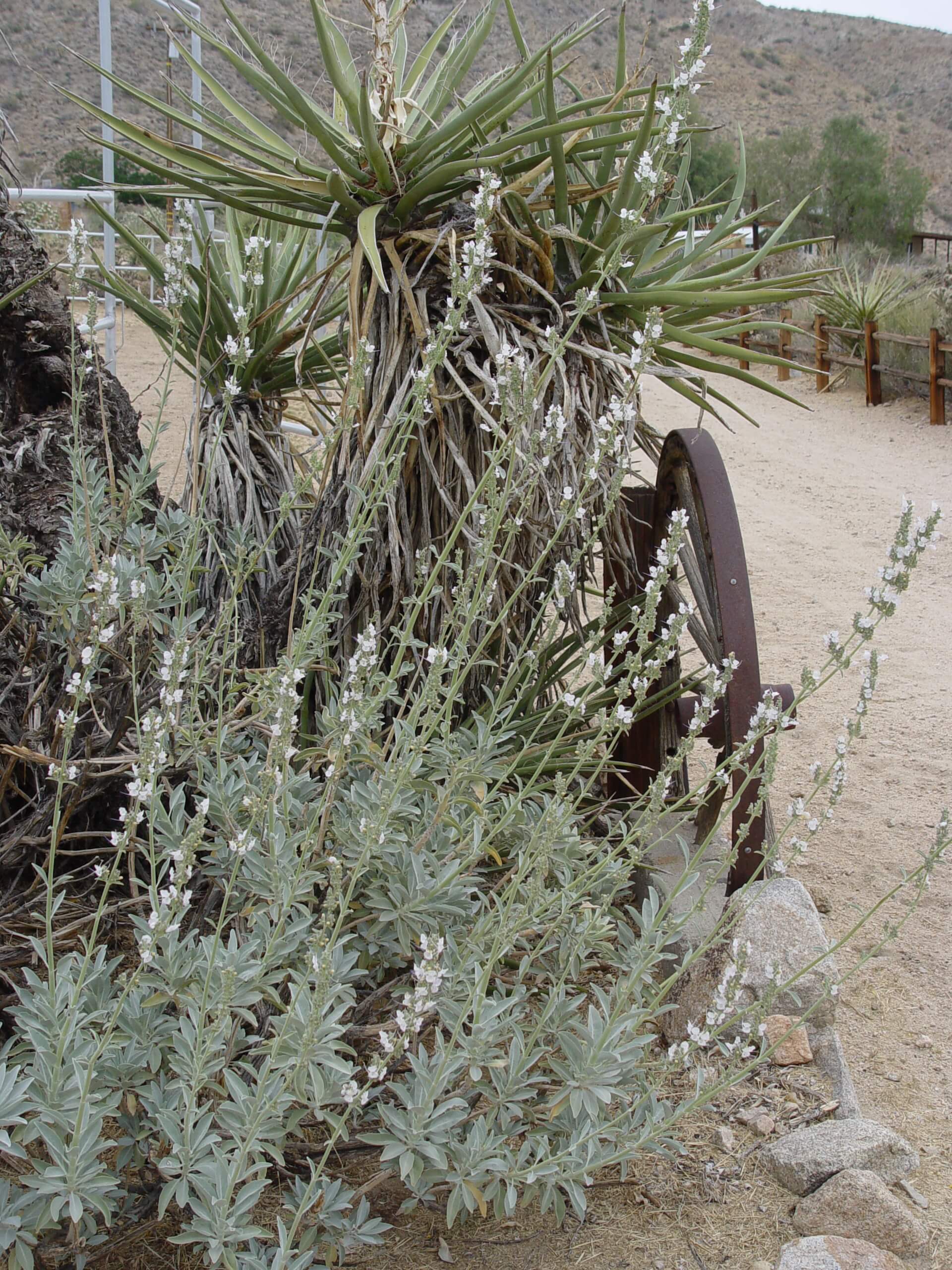
A very long-lived subshrub that’s popular for smudge sticks, California white sage produces stems of small white (sometimes pale lavender) flowers and all parts emit a curious catty odor. The fragrant oils protect these beauties from browsing by rabbits and other herbivores. Summer drought is required for garden success, and plants will survive in USDA Hardiness Zone 8, if provided full sun and dry, well-drained ground. Flowers attract bees, butterflies, and hummingbirds.
Western Wildflower Culture
What seems to be the single unifying cultural requirement of all these plants is a need for porous soil. They are known to grow on rocky cliffs or sandy washes where their roots are free to travel far and wide. Very little water lingers in the soil in these locations, and what does sinks deep down. Gardens with heavy soils and clay cannot support these plants. Only when grown on slopes or rocky outcroppings can these wildflowers survive the rainy season. On rocky ground, the water runs off so fast, the rootzone remains dry.
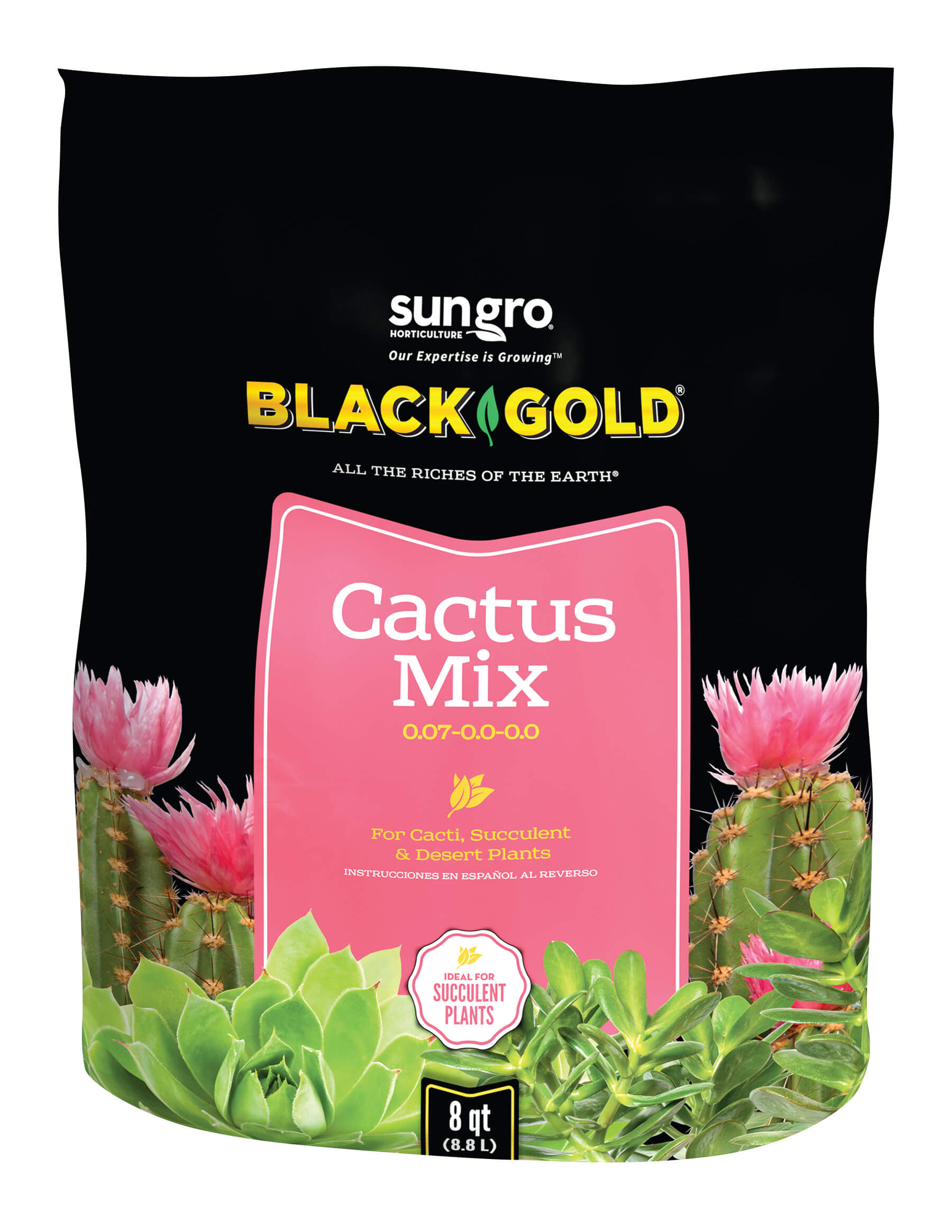 The key to growing them in heavier soils is creating beds with a combination of elevation and aeration. Raise the plant up above soggy ground in an island of porous soil. To achieve this you need a retaining wall, raised planter, or planting pockets created between loose boulders or wells of stacked dry stone. Fill the cavity with super fast-draining Black Gold Cactus Potting Mix. Make larger amounts of aerated fill, combining equal amounts of Black Gold Cactus Potting Mix with sandy garden loam. Mix thoroughly in a wheelbarrow before filling your raised beds or garden pockets.
The key to growing them in heavier soils is creating beds with a combination of elevation and aeration. Raise the plant up above soggy ground in an island of porous soil. To achieve this you need a retaining wall, raised planter, or planting pockets created between loose boulders or wells of stacked dry stone. Fill the cavity with super fast-draining Black Gold Cactus Potting Mix. Make larger amounts of aerated fill, combining equal amounts of Black Gold Cactus Potting Mix with sandy garden loam. Mix thoroughly in a wheelbarrow before filling your raised beds or garden pockets.
Water applied to plants in these pockets will pass through quickly to the dense soil below. Because clay is slow to absorb water, it will gradually hydrate and provide moisture for the roots to tap into during the heat of summer. This method is also helpful where it’s hard to keep plant root zones dry enough due to summer rainfall.
